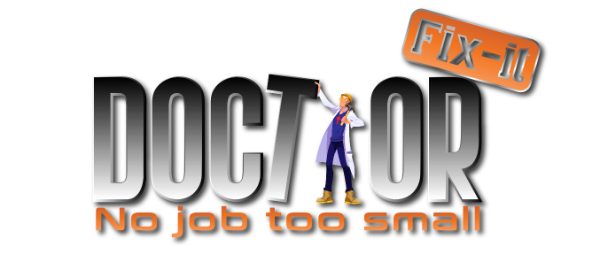The change of seasons is a beautiful thing, but for many of us, it also brings a dreaded side effect: allergies. The sneezing, runny nose, and itchy eyes can make us feel like we have a never-ending cold. But what if these symptoms aren’t caused by seasonal allergies at all? What if the culprit is actually mold lurking in our homes? It can be a tad tricky to tell the difference, but understanding the symptoms and distinguishing between the two can make all the difference in finding relief.
Symptoms of Seasonal Allergies
Seasonal allergies are typically caused by airborne allergens such as pollen, mold spores, and dust mites. These airborne allergens can trigger an immune response in some people, causing symptoms such as:
1. Sneezing
2. Runny nose
3. Congestion
4. Itchy eyes, nose, and throat
5. Watery eyes
6. Fatigue
Symptoms of Mold Exposure
Mold is a type of fungus that grows in damp environments. It can produce spores that people can inhale, causing symptoms similar to those of seasonal allergies. However, mold exposure can also cause more severe symptoms such as:
1. Coughing
2. Shortness of breath
3. Chest tightness
4. Wheezing
5. Skin irritation
6. Headaches
7. Nausea and vomiting
How to Tell the Difference
While the symptoms of seasonal allergies and mold exposure can be similar, there are some key differences to look out for:
1. Duration of Symptoms: Seasonal allergies tend to last for a shorter period, usually a few weeks to a few months, during the spring and fall. Mold exposure symptoms can persist for longer as long as the mold is present.
2. Timing of Symptoms: Seasonal allergies tend to occur at the same time every year, usually during the spring or fall seasons when pollen counts are high. Mold exposure symptoms can occur at any time of the year, depending on when the mold is present in the environment.
3. Location of Symptoms: Seasonal allergies tend to affect the upper respiratory system, causing symptoms such as sneezing, runny nose, and itchy eyes. Mold exposure can affect both the upper and lower respiratory systems, causing symptoms such as coughing, shortness of breath, and wheezing.
4. Response to Medication: Seasonal allergies can often be treated with over-the-counter antihistamines and decongestants. If these medications do not provide relief, it may be a sign of mold exposure.
5. Visual Evidence: Mold can often be seen growing in damp areas of the home, such as bathrooms, kitchens, and basements. If you see mold growing in your home, it is likely the cause of your symptoms.
Prevention and Treatment
To prevent seasonal allergies, you can try to avoid exposure to allergens such as pollen by staying indoors during peak pollen times, using air conditioning instead of opening windows, and wearing a mask when doing outdoor activities. If you suspect mold in your home, it is crucial to identify and remove the source of the mold. This may involve fixing leaks, improving ventilation, and using a dehumidifier. In some cases, professional mold remediation may be necessary.
Final Thoughts
It can be challenging to distinguish between seasonal allergies and mold exposure, as they share many common symptoms. However, by paying attention to the duration, timing, location, and response to the medication of your symptoms, as well as any visual evidence of mold in your home, you can determine whether you are experiencing seasonal allergies or mold exposure. If you suspect mold in your home, it is crucial to identify and remove the mold source to prevent further exposure and potential health problems.
Get rid of mold in your home with the help of Doctor Fix-It. We are a mold remediation company in Moorestown, NJ, that is certified by the leading industry organization in water damage restoration and mold remediation. We’ll determine the extent of the mold problem and devise a solution for safe and effective mold removal from your property. Get an estimate now!
